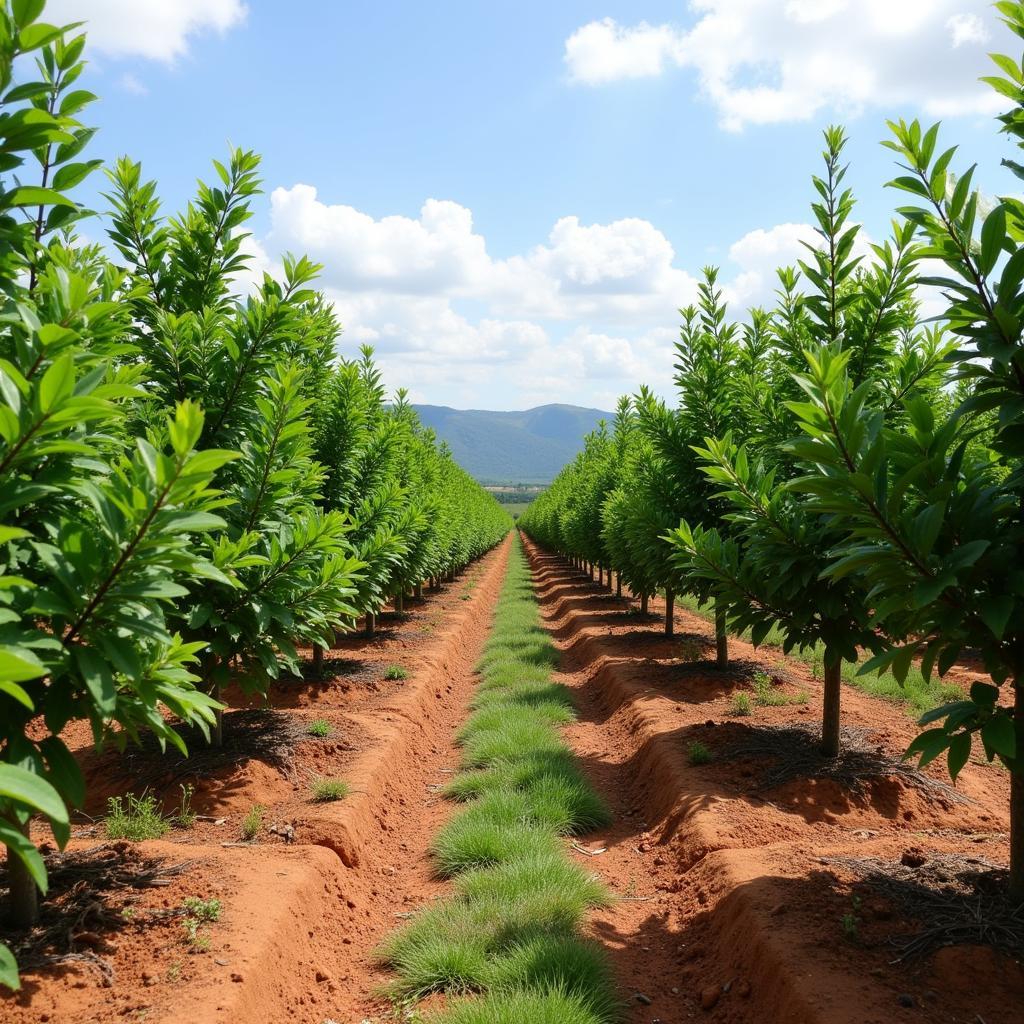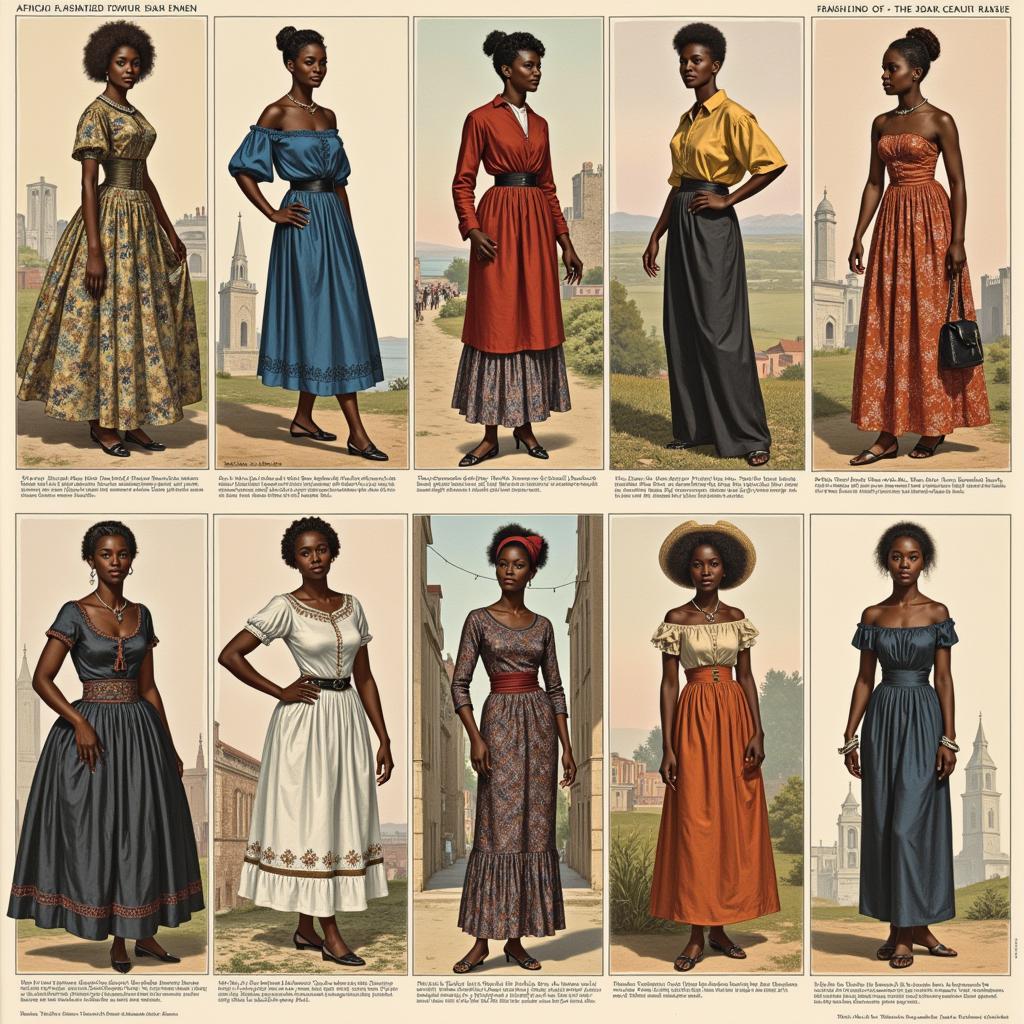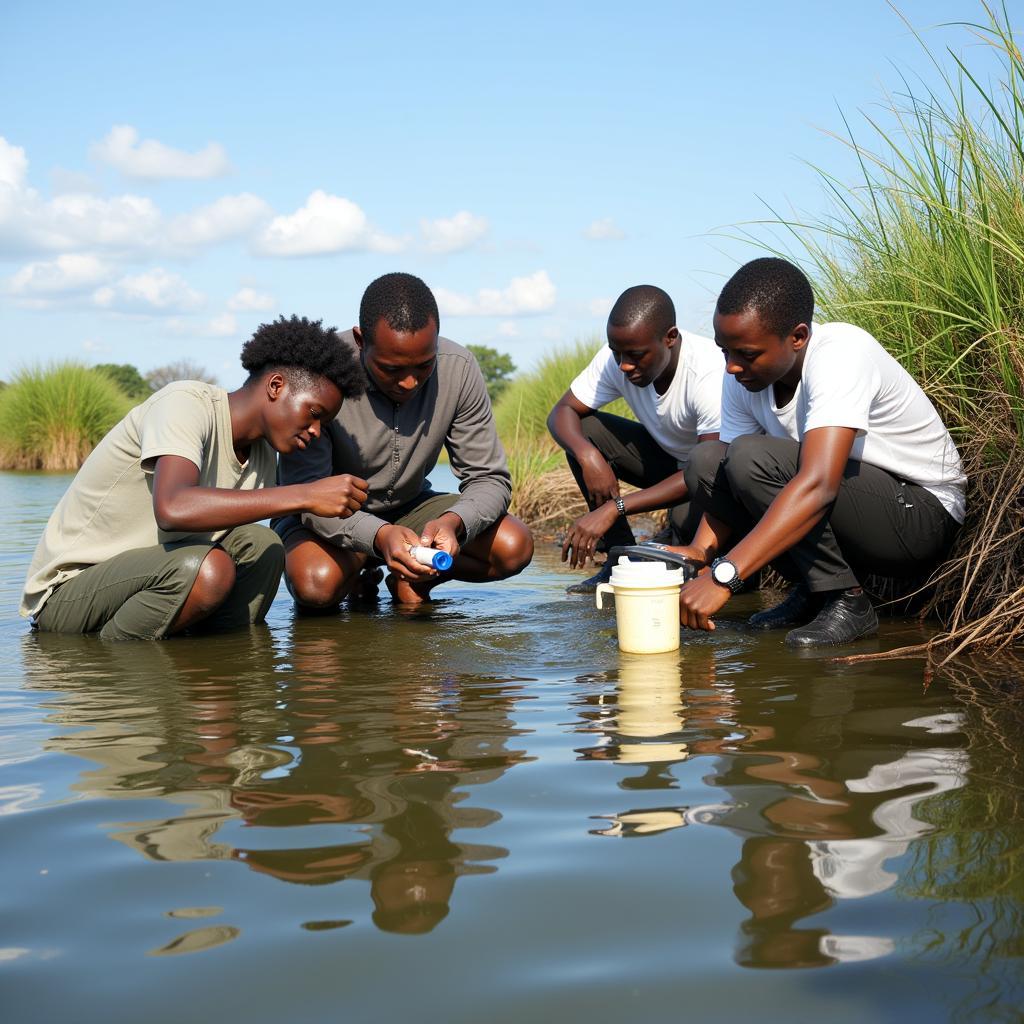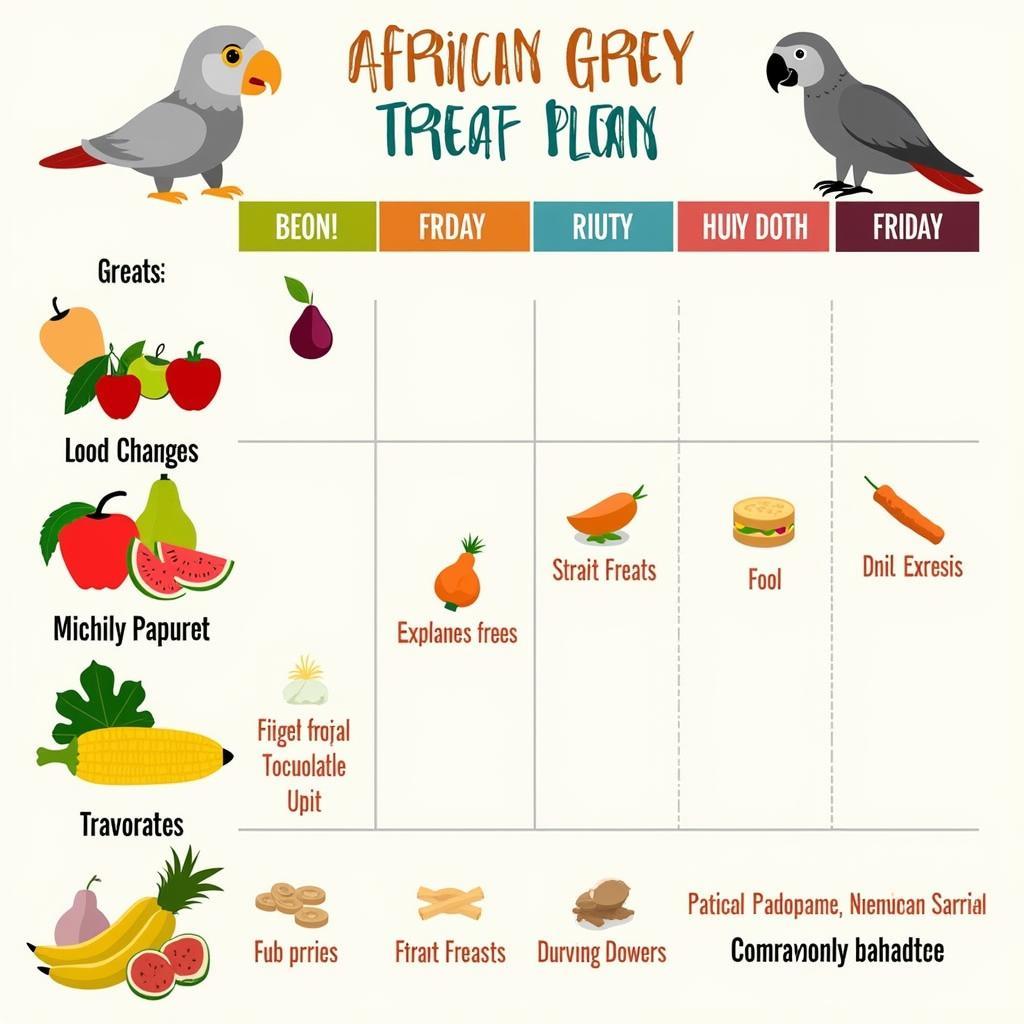Understanding African Blackwood Tree Growth Rate
The African blackwood tree, scientifically known as Dalbergia melanoxylon, is a species of flowering tree prized for its dense, beautiful, and durable wood. Native to the savannas of sub-Saharan Africa, this slow-growing tree is sought after for its use in high-end furniture, musical instruments, and other intricate woodcrafts. But how slow is the African Blackwood Tree Growth Rate, and what factors influence its development?
Unveiling the Slow Growth Rate of African Blackwood Trees
The African blackwood tree is notorious for its exceptionally slow growth rate, taking several decades to reach maturity. On average, these trees grow at a rate of just 1 to 2 centimeters in diameter per year. In ideal conditions, an African blackwood tree might reach a height of 15-25 meters, with a trunk diameter of 60 centimeters. However, reaching this size can take 50 to 100 years, and sometimes even longer.
Several factors contribute to the slow growth of the African blackwood tree, including:
- Climate: Thriving in hot, dry climates with distinct wet and dry seasons, these trees are adapted to survive periods of drought, which can slow their growth.
- Soil: Preferring well-drained soils, African blackwood trees often grow in nutrient-poor environments, which can further limit their growth rate.
- Genetic makeup: The tree’s intrinsic genetic makeup plays a significant role in determining its overall growth potential.
The Impact of Slow Growth on Conservation and Sustainability
The slow growth rate of the African blackwood tree has significant implications for its conservation and sustainable harvesting. Due to its high demand and limited natural distribution, this valuable timber species faces increasing pressure from overexploitation.
- Threat of Overharvesting: The slow growth rate means that it takes a long time for harvested trees to be replaced naturally, making the species vulnerable to overharvesting.
- Illegal Logging: The high value of African blackwood timber has fueled illegal logging practices, further threatening its survival in the wild.
 African Blackwood Plantation
African Blackwood Plantation
Ensuring the Future of African Blackwood: Sustainable Practices
Protecting the future of the African blackwood tree requires a multi-faceted approach that emphasizes sustainable harvesting practices, conservation efforts, and responsible consumer choices.
- Sustainable Harvesting: Implementing and enforcing sustainable harvesting practices, such as selective logging and replanting programs, are crucial for ensuring the long-term viability of African blackwood populations.
- Conservation Efforts: Establishing protected areas and community-based conservation initiatives can provide safe havens for the species while engaging local communities in conservation efforts.
- Responsible Consumption: As consumers, making informed choices and opting for sustainably sourced African blackwood products can help reduce pressure on wild populations.
The slow growth rate of the African blackwood tree underscores the importance of responsible forestry management and conservation efforts. By understanding the factors influencing its growth and supporting sustainable practices, we can help ensure the future of this valuable and iconic tree species for generations to come.



